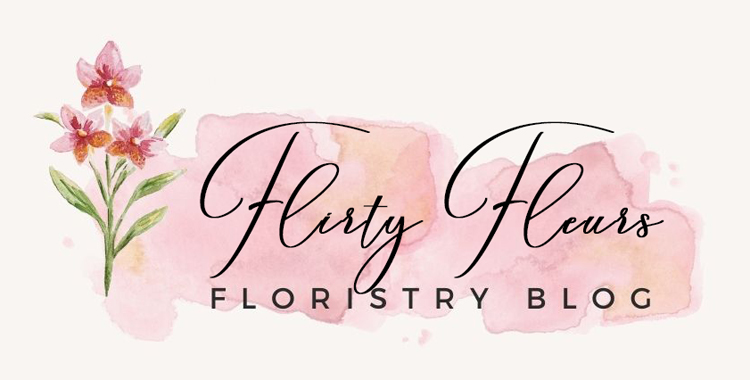by Rachel Evans Heath
Picking up where we left off a couple weeks ago, you may have seen our recent post about one of the floral communities that is here in Seattle.
You may recall some of the benefits I expressed in my enthusiastic retelling of how I found such a wonderful group. But just to refresh your memory, here are a few:
- Floral groups foster a sense of local community rather than competition. When you’re bidding against a genuine friend for a wedding, you take the loss a lot easier. Even though you feel disappointed, you know they’ll do a good job, and they often will inspire you to work harder for the next one.
- It’s nice to have floral friends who understand what you do all day: your frustrations your joys, your love of the flowers, the pain in your back and feet… relatability means a lot. And you sometimes don’t realize how much you need it until you have it. I love my family and friends, but they simply don’t empathize to the panic you may experience when your roses aren’t opening fast enough before a big event.
- A floral community is a huge resource to utilize. Whether it’s finding a last-minute freelancer, or asking for ideas on new rose varieties to try, having a group of experienced professionals to bounce ideas off of is invaluable. Most groups will have a Facebook Group Page for this reason, using it as a discussion board to ask for tips on getting your hydrangeas to bounce back or what have you.
Now that I’ve jogged your memory on why I love floral communities so much, perhaps you’re looking to have a floral community of your own.
Well…
Step 1: Start reaching out to other designers in your area
One of the best places you can go to meet other local florists are your local workshops. Start searching for them in your area. Check Facebook, Google, Eventbrite… and you will likely see something popping up not too far from you.
Workshops are great for both established designers and those who are brand new, because they give you opportunity to slow down and really think about your designs, learn a new mechanic, take all the time you need to make that arrangement a piece of art.
But they’re also wonderful for networking. If you’re new you may meet other new florists, or you may meet some well-established designers, (like the person teaching the workshop!) Don’t be afraid to start chatting. Get to know them. Ask them how long they’ve been doing what they do. Then you drop the big question: Do you know of any floral groups in the area? If none of the other attendees know, I’ll bet your bottom dollar the instructor does.
This is where your options split into two directions:
- Either someone knows of a group you may be interested in learning more about.
- There isn’t anything established in your area, and maybe this is the perfect opportunity to start saying, “would you like to be a part of one?” and get the ball rolling.
Step 2a: You’ve found a group. Now how do you join?
Some groups are relatively open and easy to join. Others can be a closed group requiring an invitation. Once you’ve established the nature of the one you’re interested in, ask someone directly what the joining process is. Some groups have a set of standards your business may need to fit into first. Some require paid dues. Network with those who you know are already active participants and let them give you the scoop on what may be required of you. If your company is not up to par, don’t sweat it. Keep working to establish yourself until you qualify. Or go ahead and start meeting in a separate group with others unable to join just yet.
Step 2b: How do I help in getting one started?
Start small. After finding a few names of others who’ve been likewise wanting a community to connect with, schedule a regular meeting. Establish how regularly you meet and what those meetings will entail. Treat it seriously. Take notes like you would at a business meeting and then email them out to everyone afterward. My friend Maura from Casablanca Floral got the ball rolling on Flower Power by taking that initiative to collect everyone’s emails, schedule and host the first meeting and follow up afterward. Following up is essential. It tells others you’re serious and sets a tone for how serious they should treat it as well. The last thing you want is to let this dissipate into something no one commits to attending or participating in.
Once those guidelines are established, the group will organically snowball from there. As friends meet new floral friends your group will grow and grow. Soon you’ll be wondering how many people should be involved at a time, or if there should be any limits at all. I think you’ll be amazed at how much power a positive, collaborative, and welcoming group can have on an entire floral community.
I do hope everyone has the opportunity to enjoy a floral community of their own. Seattle is not unique. There are already floral groups established in most major cities. I happen to be a part of a second group in my home state, (I’m not originally from WA). And though I’m not able to enjoy it in person as much as I’d like, it makes the weddings I travel there for much easier.
Imagine a world where all florists are webbed together by their communities: everyone knows someone who knows someone who knows someone, spanning regions across the world. What a beautiful worldwide community that would be for those who work with beautiful things.
Tell us about your floral community! Leave a comment and share your stories here. We’d love to hear them!




